¶ Introduction
Fuzzy skin, creates a rough texture on the surface of the model. This feature not only prints a special look to the model, but also effectively hides layer lines, ringing, and seams, and increases friction on the model's surface.
Its principle is to add random jitter to the wall path during slicing, thereby transforming the original straight wall path into dense and rough polylines to achieve this irregular texture effect. Since it only affects the wall path, the top and bottom surfaces cannot generate the fuzzy skin, as the bottom and top layers belong to the infill path, and the tool head cannot shake up and down on the Z-axis when printing infill.
You'll find Fuzzy skin settings in Print settings -> Layers and perimeters.
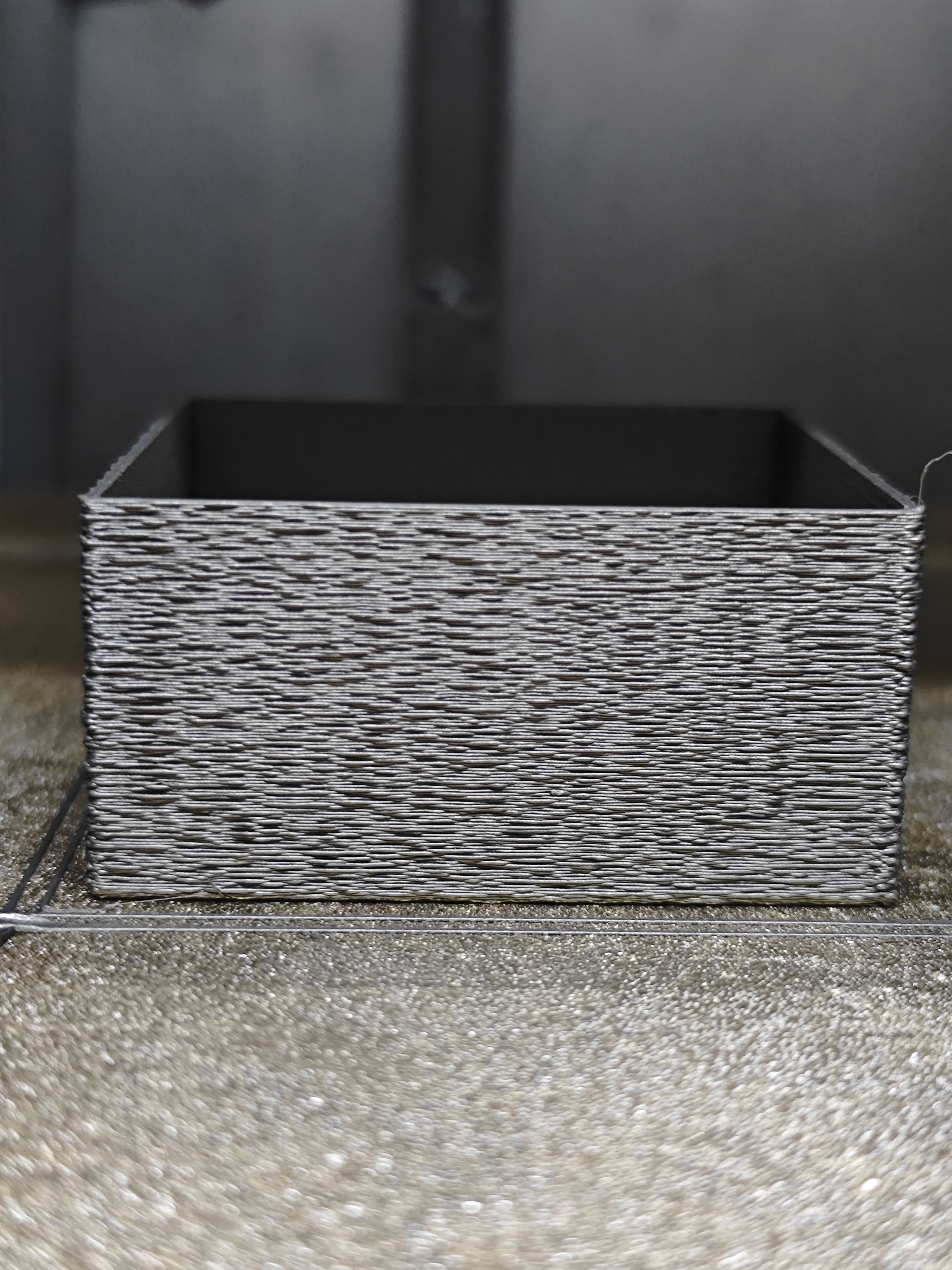
¶ Fuzzy skin type
You can select to apply Fuzzy skin only to Outside walls or to All walls.
| Outside walls | All walls |
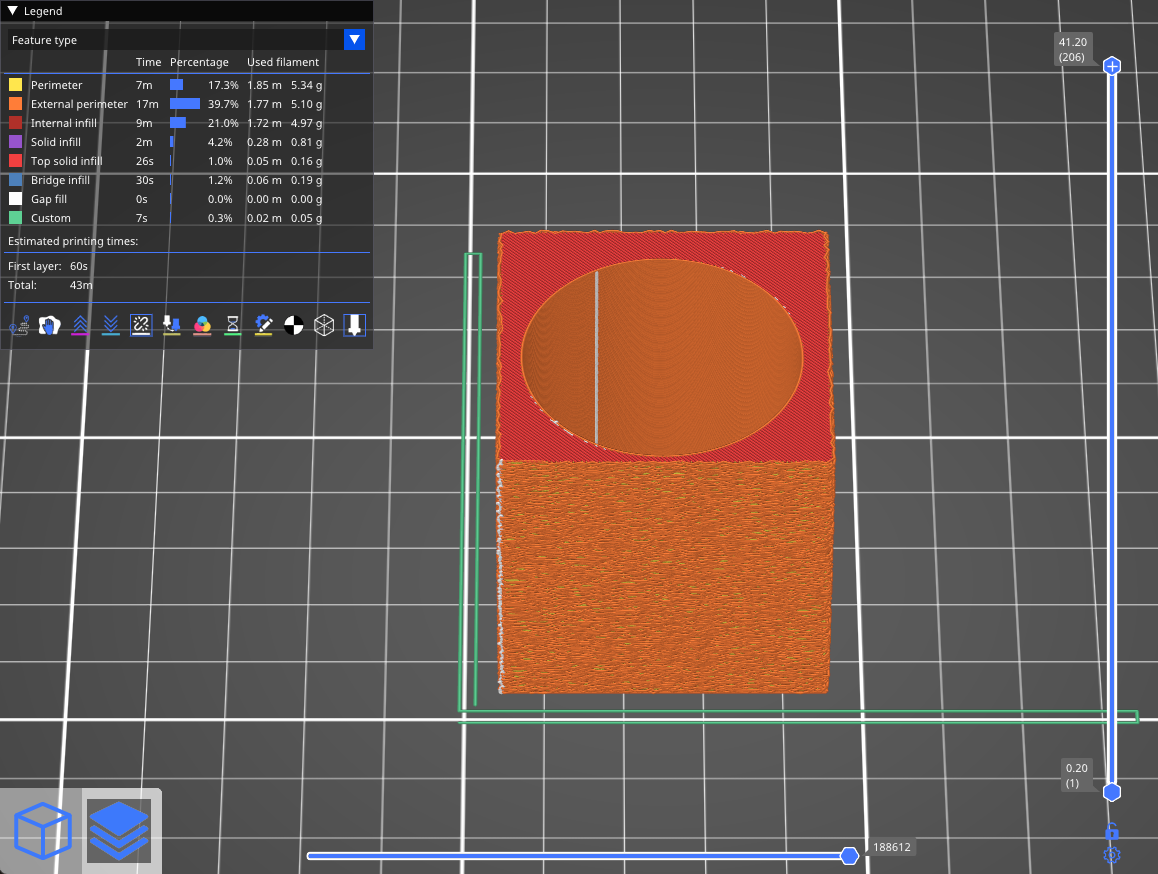
|
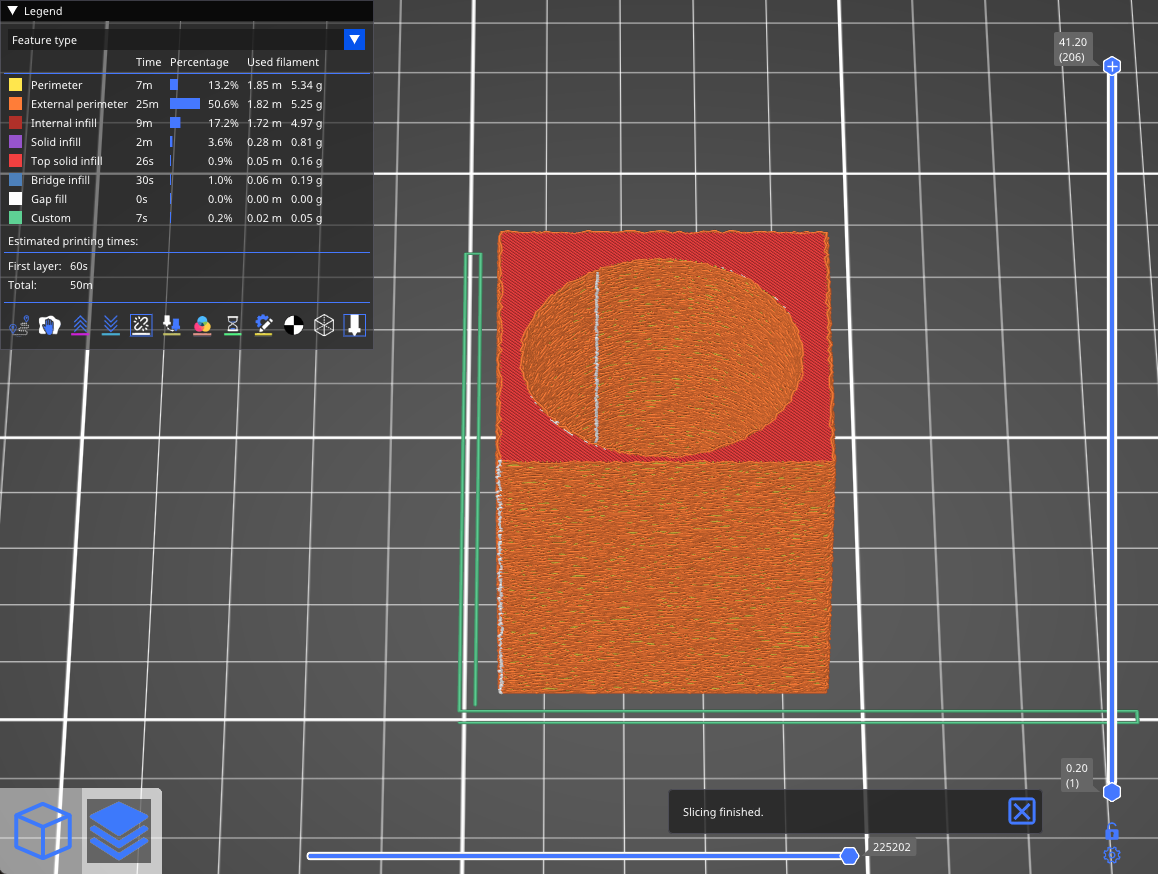
|
¶ Fuzzy skin thickness
The maximum distance that each skin point can be offset (both ways) is measured perpendicular to the perimeter wall.
| Fuzzy skin thickness 0.1 mm | Fuzzy skin thickness 0.5 mm |
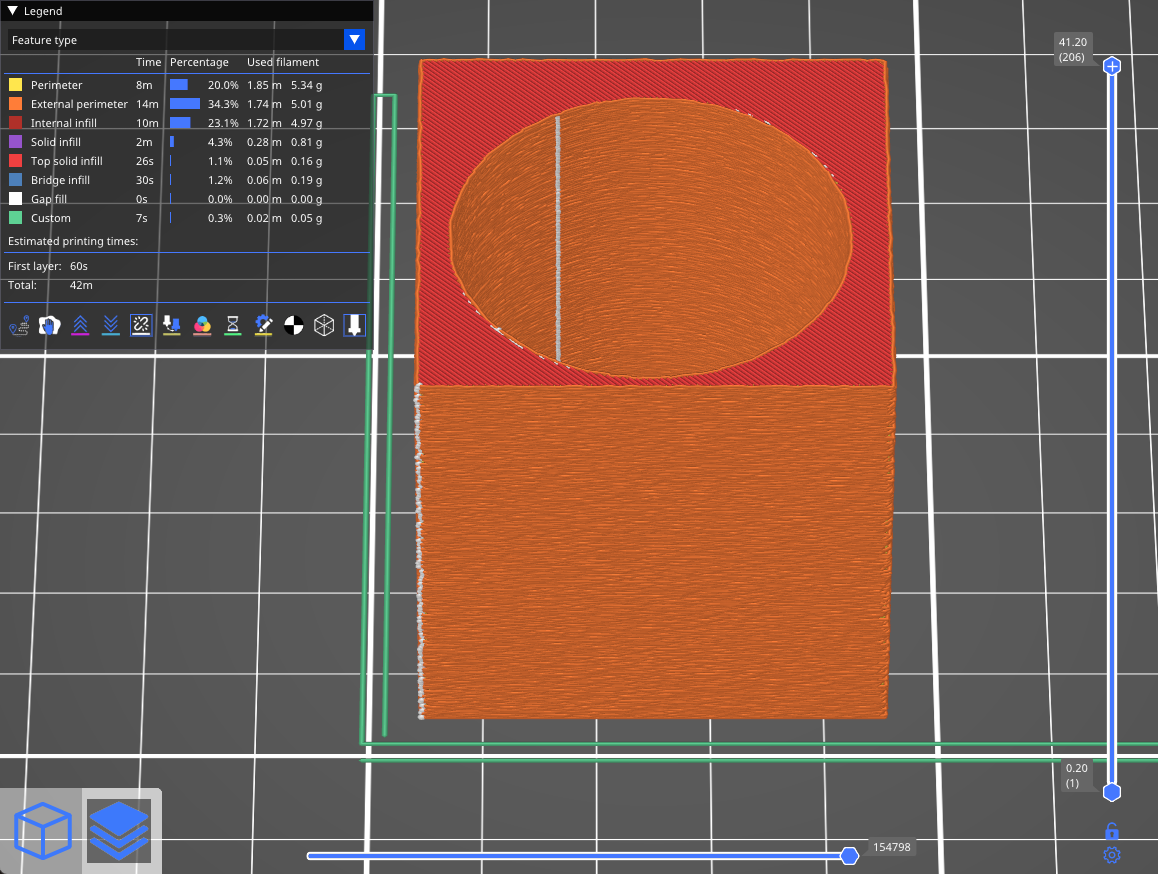
|
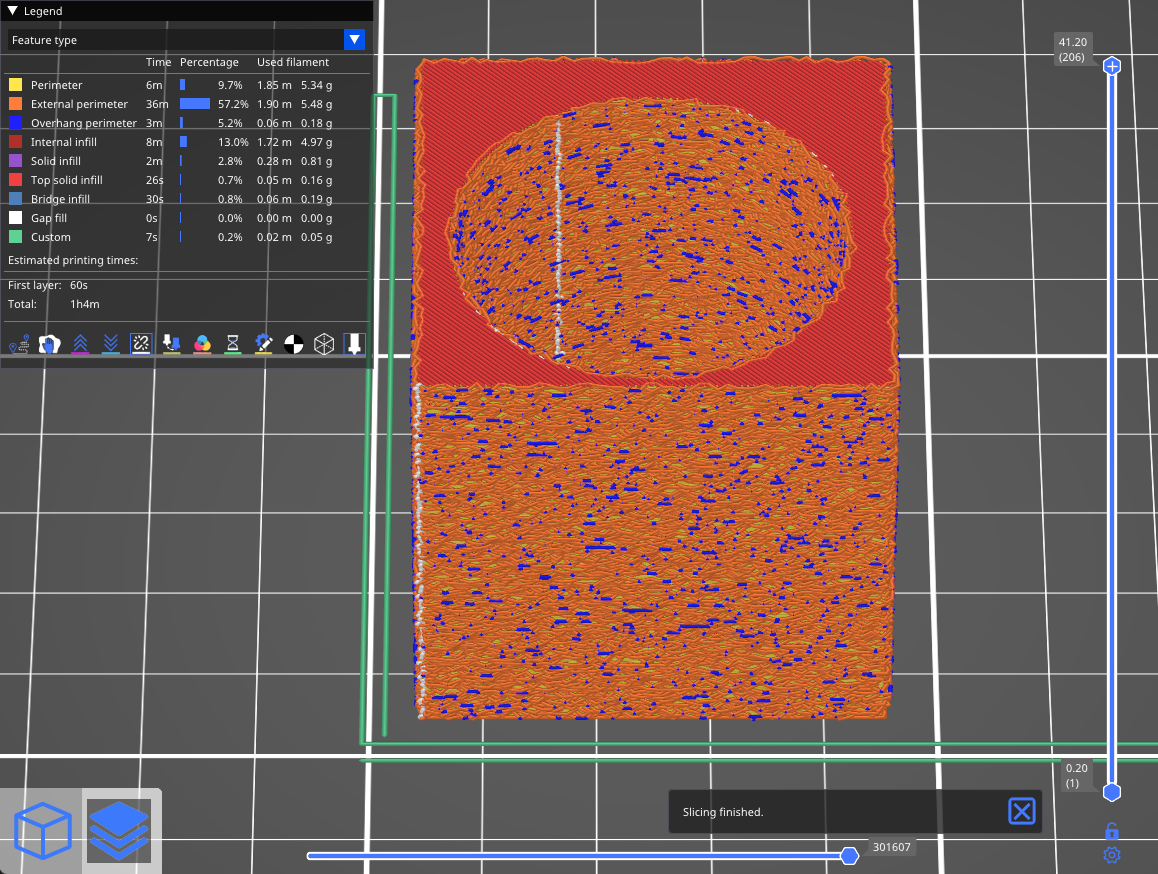
|
¶ Fuzzy skin point distance
Perimeters will be split into multiple segments by inserting Fuzzy skin points. Lowering the Fuzzy skin point distance will increase the number of randomly offset points on the perimeter wall.
| Fuzzy skin point distance 0.5 mm | Fuzzy skin point distance 1.0 mm |
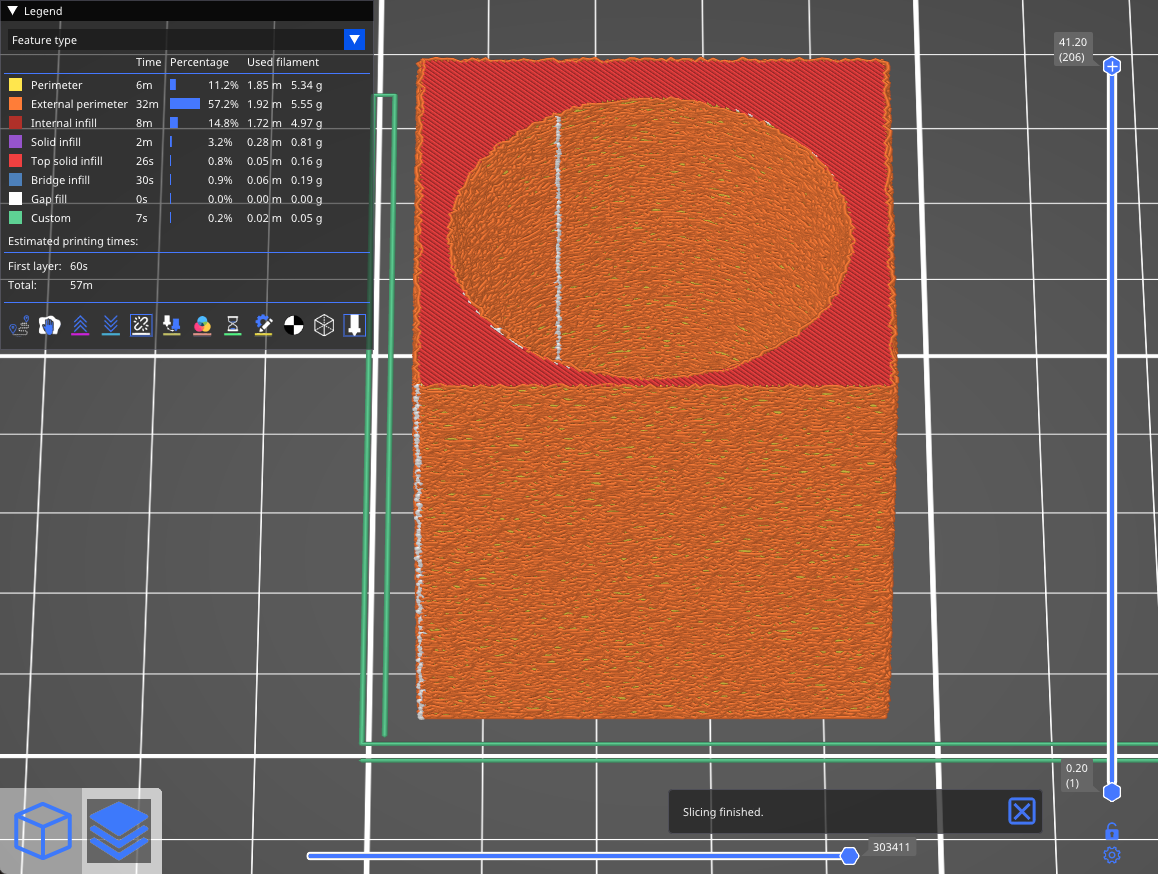
|
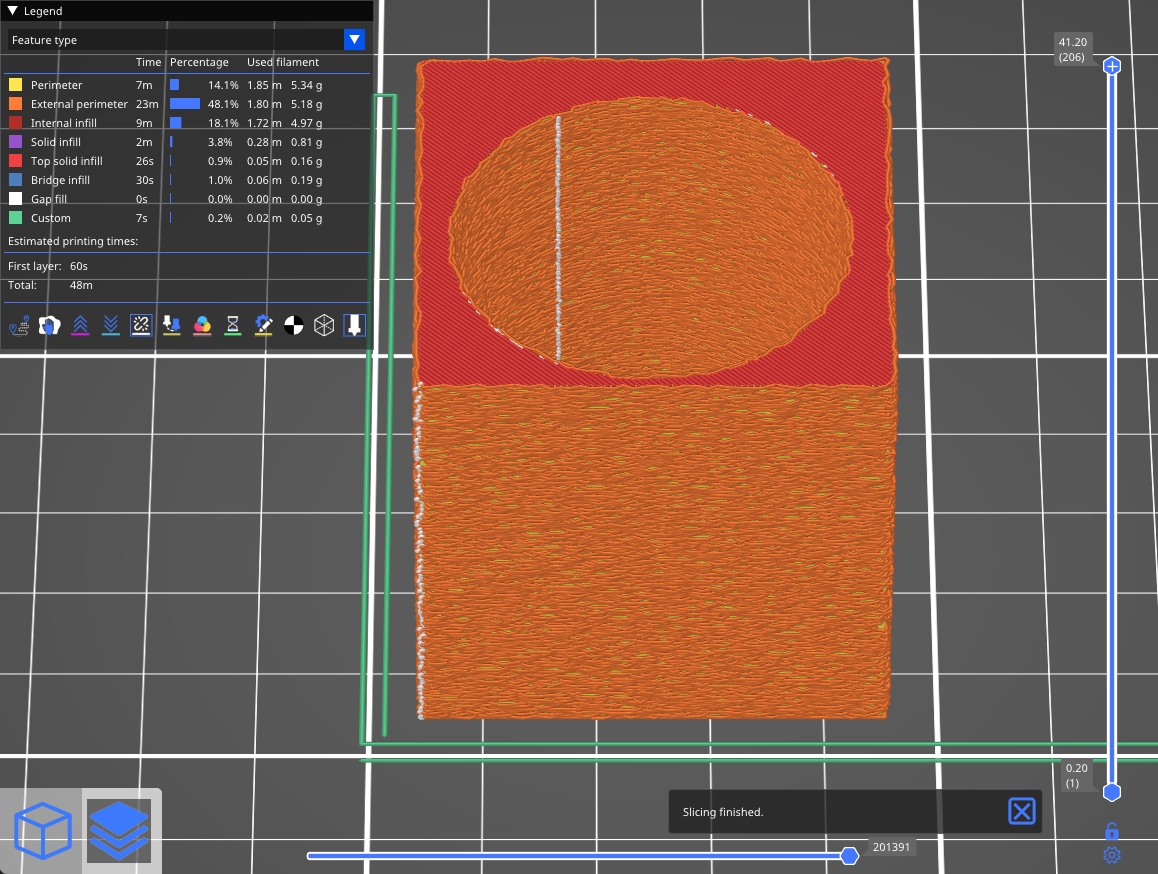
|